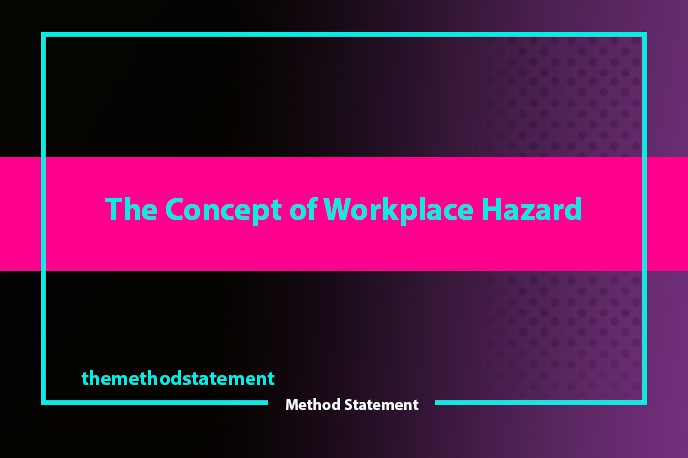Table of Contents
What is Workplace Hazard?
A workplace hazard refers to any situation or condition within a work environment that possesses the potential to cause harm, injury, or adverse health effects to employees, visitors, or equipment. Hazards exist in all workplaces, emanating from a diverse range of sources, and eliminating them is essential to maintain a safe and healthy work environment.
Understanding Workplace Hazards
Workplace hazards can take many forms, including any material, substance, activity, or process that can inflict harm or injury in specific circumstances.
Common workplace hazards can be categorized as follows:
- Biological: These hazards include viruses, bacteria, animals, plants, insects, and human beings.
- Chemical: These hazards encompass various chemicals, liquids, and solvents. The level of hazard associated with them is determined by their physical properties and whether they are toxic, irritants, corrosives, or mutagens.
- Mechanical: These hazards result from the movement of machinery, equipment, or plant parts.
- Psychological: These hazards include stress, harassment, and violence, which can negatively impact an employee’s mental and emotional well-being.
- Physical: These hazards are linked to exposure to noise, vibrations, radiation, or magnetic fields, which can cause physical harm or damage.
- Ergonomic: These hazards result from improper postures, repetitive movements, or inadequate workplace arrangements, which can lead to musculoskeletal disorders.
Below are several examples of different safety hazards and risks:
Welding Process: Welding poses a fire hazard due to sparks and flames, and can release harmful fumes and cause damage to the eyes.
Lifting of Heavy Objects: This activity involves a risk of falling, as well as potential lifting gear failure.
Wet Weather/Floor: Wet floors pose a slip/fall hazard, particularly in wet weather conditions.
Natural Hazards: Workers may face hazards from natural events such as floods, earthquakes, and lightning strikes.
Running Plants and Machinery: Operating machinery can be dangerous, and running plants can lead to accidents and injuries.
Work Environments: Working in extreme weather conditions (hot or cold) or in isolation presents a risk, as does working at heights or on production lines.
Working Methods: Hazards can arise from working at heights, as well as from using tools such as chisels.
Electricity: Electric hazards can cause electrocution, electric shock, death, or burns.
Substances and Chemicals: Exposure to certain substances and chemicals can lead to occupational diseases.
Fire: Burns and the collapse of structures are potential hazards associated with fire.
Eliminating Workplace Hazards
Eliminating workplace hazards requires identifying potential hazards and developing a plan to minimize or eradicate them. The elimination process involves conducting workplace hazard assessments, developing hazard control plans, and implementing measures to ensure employee safety.
In conclusion, workplace hazards can pose significant risks to the safety and health of employees and damage equipment and infrastructure. Recognizing and eliminating hazards is crucial in maintaining a safe and healthy work environment.
FAQs
What is a workplace hazard?
A workplace hazard is any condition or situation that has the potential to cause harm to employees or visitors at the workplace. Hazards can include physical, chemical, biological, and ergonomic factors that can lead to injury, illness, or death.
What are some common types of workplace hazards?
Some common types of workplace hazards include slips, trips, and falls; electrical hazards; chemical exposure; repetitive motion injuries; and ergonomic hazards such as poor posture or heavy lifting.
What is an employer’s responsibility in ensuring workplace safety?
Employers have a responsibility to provide a safe work environment for their employees by identifying and mitigating workplace hazards. This includes providing training and personal protective equipment, implementing safety protocols, and complying with relevant health and safety regulations.
What should employees do if they identify a workplace hazard?
Employees should report any workplace hazards to their supervisor or employer as soon as possible. If the hazard poses an immediate danger, employees should evacuate the area and seek medical attention if necessary.
How can workplace hazards be prevented?
Workplace hazards can be prevented through a combination of training, risk assessment, and hazard mitigation measures. This may include providing personal protective equipment, implementing safety protocols and procedures, and regularly monitoring the workplace for potential hazards. Additionally, promoting a culture of safety and encouraging employee involvement can help prevent workplace accidents and injuries.

